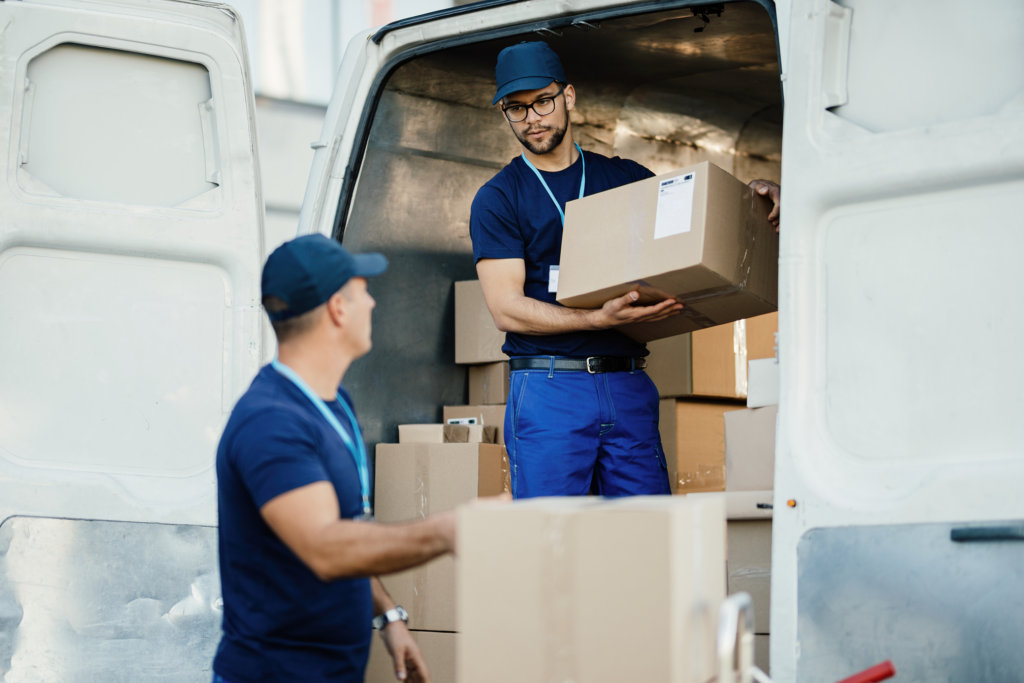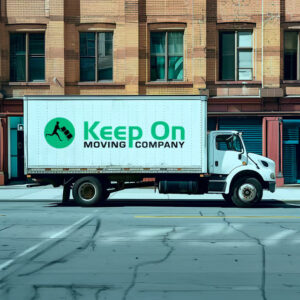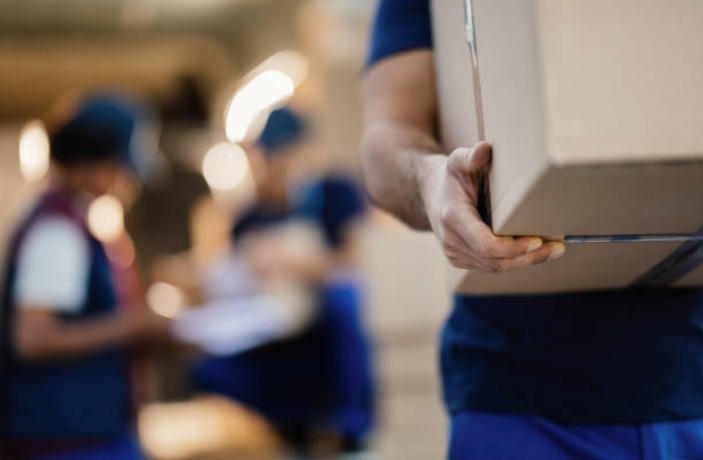Whether you’re spring cleaning or moving apartments, you’re going to be reminded about just how much stuff you own. Accumulating furniture, clothing, and various odds and ends that somehow simultaneously have no place and you can’t part with is one of the great conundrums of the human experience. But gloriously, that’s why full-service moving companies exist, right?
All you need to know are a few tips for packing a storage container: basics about what items are prohibited, what can go in the containers, and how to get the most out of them. So without further ado, here are 18 dos and don’ts for using portable storage containers.
Do Plan Ahead. Whether it’s making use of clever packing hacks for moving or reserving your container at the right time, it’s important to have a plan in place before you start. When you take the time to consider potential problems, you might be able to avoid them altogether. Of course, as with any move, problems are inevitable. Planning for potential pitfalls can make dealing with them easier altogether, though.
Don’t Go In Blind. We’ll get into more specifics later, but remember not to deviate from your plan. Once you have one set in place, be sure to follow it as closely as possible. Have things measured out, know what order you’re packing your boxes in, and have a list of what you’re packing on hand.
Do Get an Appropriately Sized Container. Choosing a storage unit is a real Goldilocks situation: Pick the one that is just the right size. While it may be tempting to save some money, using a container that’s too small will ultimately lead to frustration — either trying to squeeze your belongings in or having to size up in the end.
Don’t Have Your Container Delivered Just Anywhere. When having a storage container delivered to you, be sure to speak with the delivery team before or upon arrival, so you know where they can place it and can decide which direction you’d like the door facing. Communicating with them ensures the container isn’t left blocking your access or inconveniently stationed too far from the door.
Do Communicate With Your Building Management. If you live in an apartment complex, save yourself a headache by giving your landlord or management company a heads up that you’ll be using a storage unit. Whether someone has to let the delivery team onto the premises or you need permission to leave a container in a particular place, you’ll want to make sure both you and your building management have the discussion before the container arrives.
Don’t Load Items While It’s Raining. No one wants to move in the rain, but when it comes to packing things away to store for weeks or months on end, you really don’t want to. Moisture that collects on the outside of your packages can seep through boxes and lead to mildew or rot — the last thing you want to find when you eventually pull things out of storage.
Do Put the Heaviest Boxes on the Bottom. This is packing 101 but still important to remember! Think of packing a storage container like bagging groceries: You don’t want fragile goods or breakables below heavy book boxes or pieces of furniture.
Don’t Put All the Heavy Things on One Side. Along the same weight distribution lines, the best way to pack a storage container is to stack heavy items in layers, not sections, meaning the weight is spread relatively evenly throughout the container.
Do Secure Your Belongings. Another well-known but important tip: Secure your belongings! Wrap your breakables before loading them into boxes, and employ loading straps, bungee cords, and furniture pads to keep the larger items protected and firmly in place when the storage container is on the move.
Don’t Store Perishables. Don’t forget your lunch in your storage container! But seriously. Can you think of anything less pleasing than opening the door to the smell of rotten food? Even for shelf-stable products, you’re better off using or donating them than storing them. Also, don’t leave any plants or other living things in the container — they’re not known to do well without sunlight or water.
Do Keep Important Papers and Irreplaceable Heirlooms With You at Home. While storage containers are safe, highly valuable and irreplaceable keepsakes — keeping them in a place where they may be vulnerable to damage just isn’t worth the risk.
Don’t Use Storage as Your Trash Bin. Be wary of using storage as a catch-all closet where you stash things that you could actually just toss, gift, or donate.
Do Get a Climate-Controlled Storage Unit for Certain Items. If you’re storing items that would respond adversely to extreme temperatures or humidity, climate-controlled storage is the move.
Don’t Get a Climate-Controlled Storage Unit if You Don’t Need One. If you’re not storing anything that is susceptible to warping, mildew, or other reactions to extreme temperatures, there’s no need to spring for climate-controlled storage.
Do Get Storage Insurance. If you have home insurance, check with your provider to see what may already be included in the off-premises personal belongings coverage. If those particular valuables aren’t included, find out if self-storage insurance makes sense for you.
Don’t Store Hazardous or Dangerous Items. Avoid anything that may cause harm to your other belongings, people handling the storage container, or the container itself.
Do Make a Record of What You’re Storing. Clearly label any boxes and containers and keep a concise list of what you’re storing as you load it into your container.
Don’t Forget to Lock Your Storage Container. Whether you’re keeping your container on site in your home or at a storage facility, you want to make sure it’s secured and locked with a good disc lock.
Still have some questions? Check out these answers to frequently asked storage questions:
Q: How do you pack a storage container?
A: It’s best to start by loading heavy, sturdy items first, like desks and tables. From there, you can work your way up by strategically placing items and making sure the weight is as evenly distributed as possible.
Q: What shouldn’t you put in a storage unit?
A: Don’t put perishable, living, or hazardous materials in a storage unit, such as food, plants, toxic chemicals, lawn mowers, or illegal items.
Q: Can you put electronics in a storage container?
A: You can put your electronics in a storage container. Be sure to take out any batteries and unplug any cords, and the best way to pack up your electronics is by placing them back in their original boxes.
Q: Can you pack cleaning products in a storage container?
A: While you can pack most household goods in your storage container, stashing cleaning products may not be the best idea. Hazardous or toxic chemicals should not be packed in your storage container.






